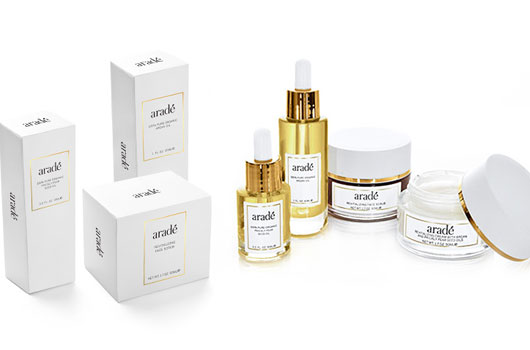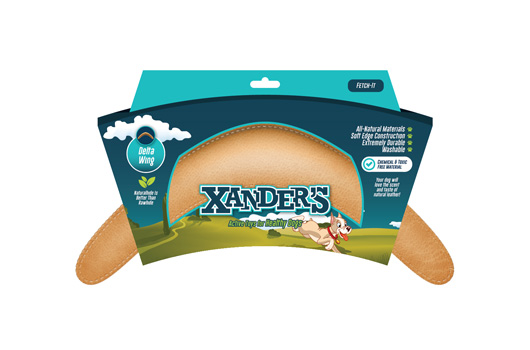In the ever-evolving world of Consumer Packaged Goods (CPG), product launches play a pivotal role in shaping market trends, consumer preferences, and the overall industry landscape. From innovative formulations to creative packaging, CPG companies continually strive to capture the attention of consumers and stay ahead in a competitive market. This blog will explore the dynamics of CPG product launches, shedding light on the strategies, challenges, and trends that define this dynamic space.
Understanding the CPG Landscape
Consumer Packaged Goods encompass a wide array of products, including food and beverages, personal care items, household goods, and more. Before delving into product launches, it’s crucial to understand the diverse nature of the CPG market and the factors influencing consumer choices.
Key Strategies for Successful Product Launches
Market Research and Consumer Insights
In-depth market research and a keen understanding of consumer behaviors are the foundations of successful product launches. Companies invest heavily in gathering data to identify gaps in the market and consumer needs.
Innovation in Formulation and Ingredients
The CPG industry thrives on innovation. Whether it’s introducing healthier ingredients, sustainable practices, or unique formulations, companies leverage innovation to set their products apart from the competition.
Effective Branding and Packaging
The first impression matters, and in CPG, packaging is often the first interaction consumers have with a product. Striking a balance between aesthetics, functionality, and sustainability is crucial in creating an attractive package.
Digital Marketing and Social Media Campaigns
With the rise of digital platforms, CPG companies are increasingly turning to online channels for marketing. Engaging social media campaigns, influencer collaborations, and digital advertising play a significant role in creating buzz around new products.
Challenges in CPG Product Launches
Market Saturation
The CPG market is saturated with products, making it challenging for new launches to gain visibility. Companies must carefully position their products and clearly communicate their unique selling propositions.
Regulatory Compliance
The CPG industry is subject to strict regulations, particularly regarding product labeling, safety standards, and ingredient disclosures. Navigating these regulations adds complexity to the product launch process.
Supply Chain Disruptions
Global events, such as pandemics or geopolitical issues, can disrupt supply chains, impacting the availability of raw materials and affecting product launches.
Trends Shaping CPG Product Launches
Sustainability and Eco-Friendly Practices
Consumers are increasingly conscious of sustainability. CPG companies are incorporating eco-friendly practices, from packaging materials to supply chain processes, to align with consumer values.
Health and Wellness Focus
The demand for healthier options continues to rise. CPG companies are reformulating products to meet health-conscious consumer preferences, focusing on natural ingredients and nutritional benefits.
E-Commerce Dominance
The growth of e-commerce has reshaped the retail landscape. CPG companies are optimizing their online presence, with direct-to-consumer models and seamless online purchasing experiences.
CPG product launches are a dynamic interplay of innovation, strategy, and market dynamics. As companies navigate the challenges and capitalize on emerging trends, the CPG landscape continues to evolve. The ability to adapt to changing consumer preferences and embrace sustainable, tech-driven solutions will be key for success in this competitive market.





